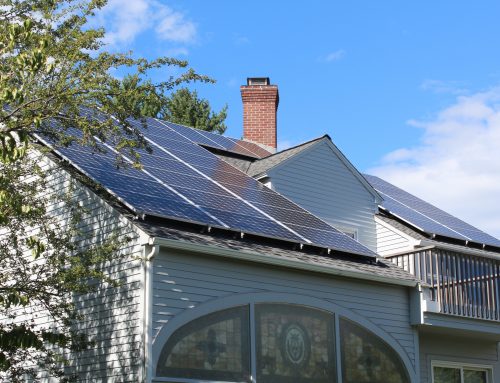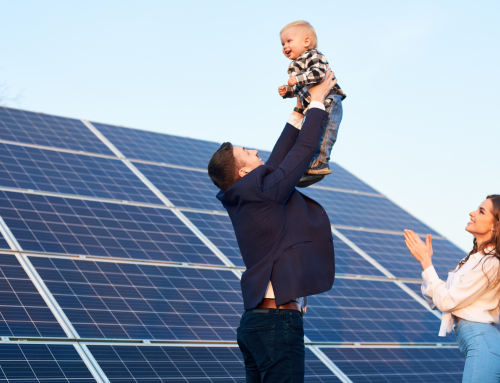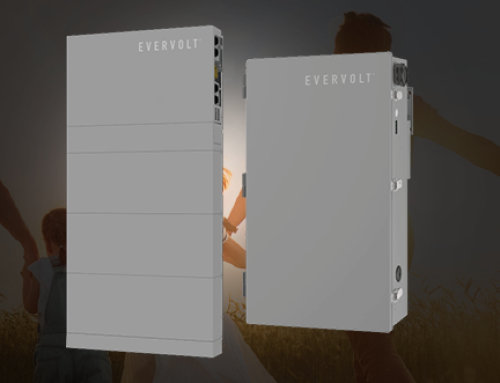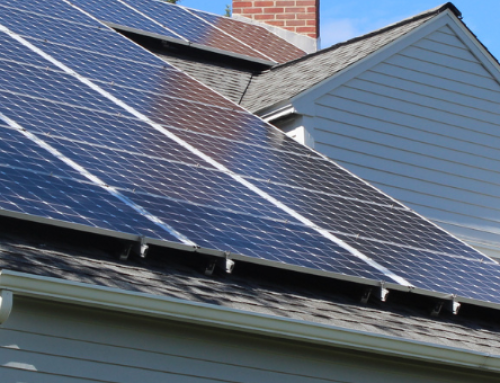Car-home bidirectional charging refers to the capability of charging an electric vehicle (EV) using a charging station located at home, while at the same time using the EV battery to power the home in case of a power outage or energy surplus. This technology allows for the efficient use of energy resources, reducing the dependence on the grid and potentially lowering energy costs.

Vehicle-to-Home (V2H)
Vehicle-to-Home (V2H) charging is a technology that allows Electric Vehicles (EVs) to serve as a source of power for homes. With V2H charging, an EV's battery can be used to provide backup power during power outages or to power appliances and devices when renewable energy sources like solar panels are not generating enough energy. V2H charging can improve energy efficiency, reduce energy costs, and enhance energy independence and resilience.
Vehicle-to-Grid (V2G)
Vehicle-to-Grid (V2G) charging is a technology that allows Electric Vehicles (EVs) to return excess energy stored in their batteries back to the grid. With V2G charging, an EV's battery can act as a storage device for surplus energy generated by renewable energy sources, such as wind or solar power, and provide energy back to the grid when demand is high. This not only helps to reduce energy costs, but also promotes the use of clean energy and improves grid stability.


Solar Green Charging
Solar Green Charging refers to the process of charging electric vehicles (EVs) using clean, renewable solar energy. It helps to reduce the carbon footprint of EVs and promote the use of clean energy sources in the transportation sector. By using solar panels at charging stations, green charging can reduce the cost of charging an EV and improve energy independence and resilience.
What are the benefits of bidirectional charging?
EV-Home bidirectional charging has many benefits including:
- Increased energy efficiency: By using the excess energy generated by a solar panel or wind turbine to charge the EV, it reduces the reliance on the grid and enhances energy efficiency.
- Lower energy costs: By using the EV battery as a source of backup power, it reduces the dependence on grid energy and potentially lowers energy costs.
- Improved energy stability: By having the ability to transfer energy between the EV and the home, it increases energy stability and helps ensure a continuous power supply in case of a power outage.
- Enhanced renewable energy integration: Bidirectional charging allows for the integration of renewable energy sources such as solar and wind power into the energy system, reducing carbon emissions and promoting sustainable energy use.
- Increased EV battery life: By using the EV battery for both transportation and backup power, it increases the overall usage and lifespan of the battery, providing more value for the investment.
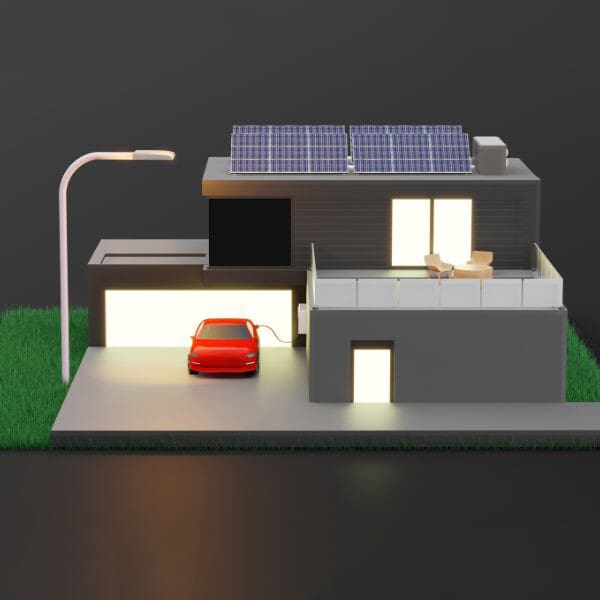
What is Enphase Bidirectional EV Charger?
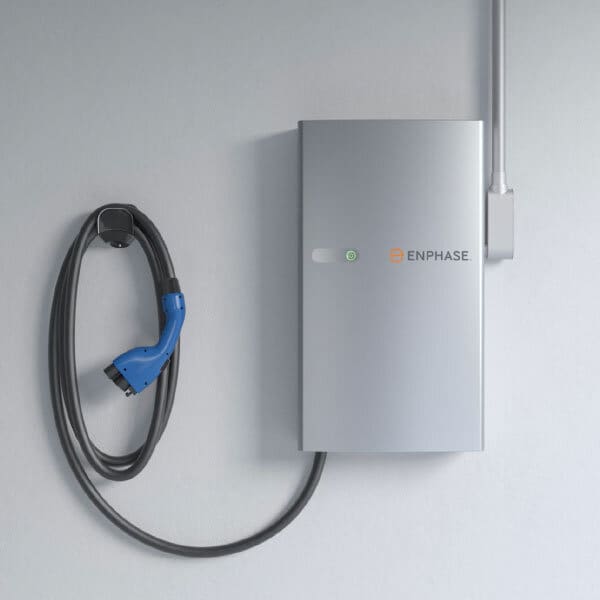
The Enphase Bidirectional EV Charger allows for both Vehicle-to-Home (V2H) and Vehicle-to-Grid (V2G) capabilities. It utilizes the advanced technology of IQ8™ Microinverters and Ensemble™ energy management to seamlessly integrate into Enphase home energy systems. This allows homeowners to manage their solar, battery storage, and EV charging through a single app. The charger is easy to install and compatible with most EVs that support bidirectional charging.
The Enphase Bidirectional EV Charger is a another component of the Enphase Energy System. This system is an all-in-one solution that covers the generation, storage, monitoring, export, control, and analysis of energy in a home. The Enphase Energy System integrates solar power, battery storage, other energy sources like generators and fuel cells, as well as connected appliances and software, to offer homeowners the ability to generate, use, save, and even sell their own energy through the Enphase mobile app.

